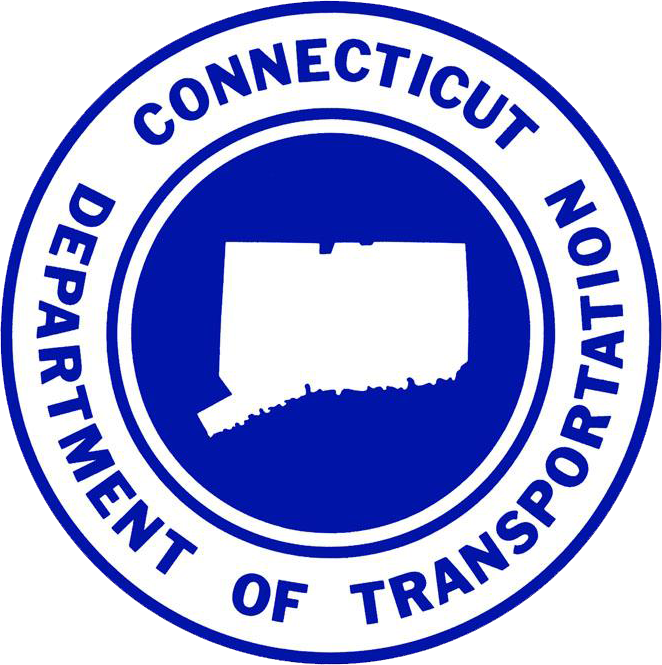
Schedule
Timeline
The I-84 Hartford Project officially kicked off in 2013 and is expected to last through the 2020s. Please click through the timeline below to learn about the events and phases of work.

Milestones


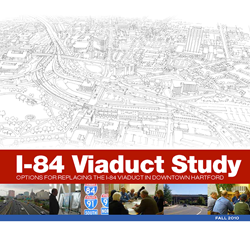
Summer 2010
The Capitol Regional Council of Governments completed the I-84 Viaduct Study. Led by the Hub of Hartford Committee, the planning study explored a broad range of possible project alternatives that would improve the I-84 infrastructure, while considering economic development opportunities, neighborhood connectivity, community cohesion, livability, and mobility.

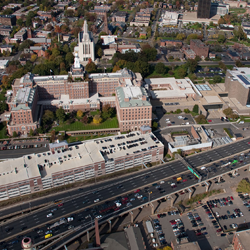
Early 2013
The I-84 Hartford Project kicked off! The first step was to collect and evaluate data to understand travel patterns and the condition of the bridges in the corridor. This is called the Needs and Deficiencies Phase, which culminated with the Analysis, Needs, and Deficiencies Report in July 2015.

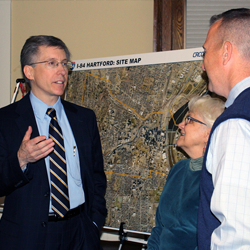
Winter 2013-2014
The Purpose and Need Working Group met four times over a few months to develop the Purpose and Need Statement. This statement defines both the problem to be solved, as well as the goal and objectives of the project.

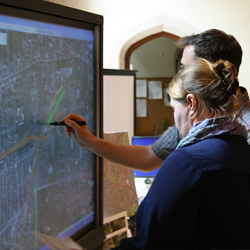
Winter 2014
The alternatives development and analysis began! Alternatives were initially screened for their ability to meet the criteria set forth by the Purpose and Need Statement, as well as their constructability and cost-effectiveness.

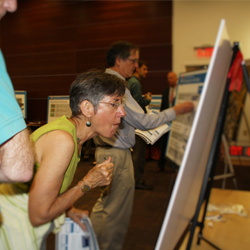
Spring 2014
The Project Team introduces the I-84 Hartford Project to the community at the first project public meeting, held at the Hartford Public Library.

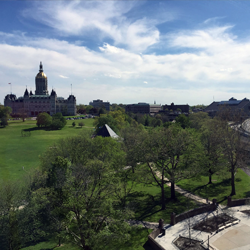
Summer 2014
Under the environmental analysis, the Project Team collected and analyzed information on both the natural environment and the human environment to use in an initial screening of possible alternatives.

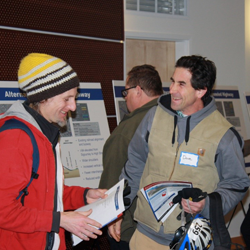
Dec 2014 - Feb 2015
The project enters an official scoping period, in which the Project Team openly solicits the community's and agencies' input on all issues and concerns that should be addressed as part of the NEPA process. A public hearing was held in January 2015 as part of this process.

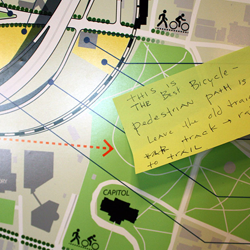
Spring 2015
The Project Team hosted a week-long Open Planning Studio in downtown Hartford to discuss and refine the alternatives. This Open Planning Studio set the stage for a productive period of workshops, project booths at events, and stakeholder presentations conducted through the end of 2016. The purpose was to solicit input on the alternatives under development.

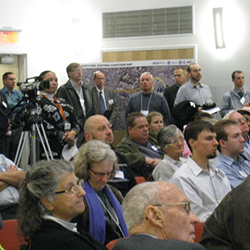
2016
The Project Team continued to refine the alternatives and review the cost ranges for them. Public involvement continued with numerous Open Planning Studios, Public Advisory Committee and stakeholder meetings to ensure that all viable options were considered.

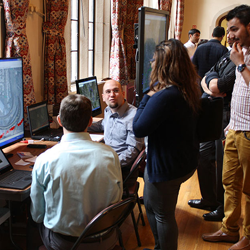
Summer 2017
The broad alternatives analysis period ends. The most viable alternatives, called a reasonable range of alternatives, are advanced into a detailed environmental review.

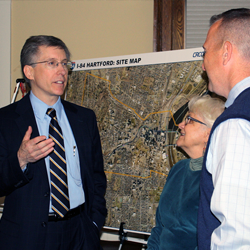
Early 2020
The impacts and benefits of alternatives are documented in a Draft Environmental Impact Statement.

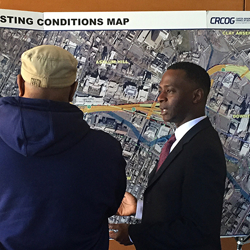
Late 2021
A federal Record of Decision (ROD) is expected. The ROD will endorse one preferred alternative to move forward onto design and construction.

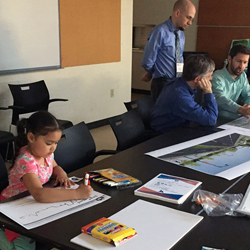
Late 2021
The project will move into design. Design ends with the development of design specifications for construction. During this phase, the team will determine the fine-grained details about how the project will happen. The final step of this phase is placing the project out for bid to interested contractors.

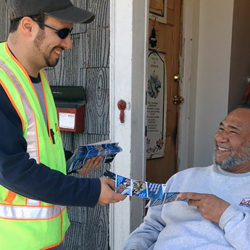
Late 2020s
Construction will begin! While the project is under construction, CTDOT will provide frequent information as to how the project is progressing. Communication will detail planned construction work and its anticipated effect on travelers and neighbors.





